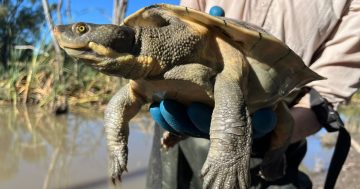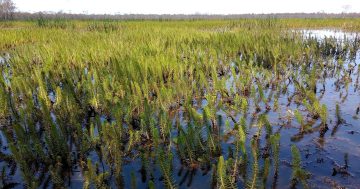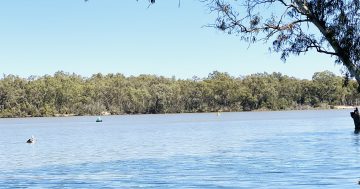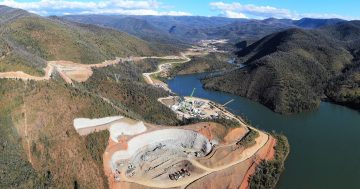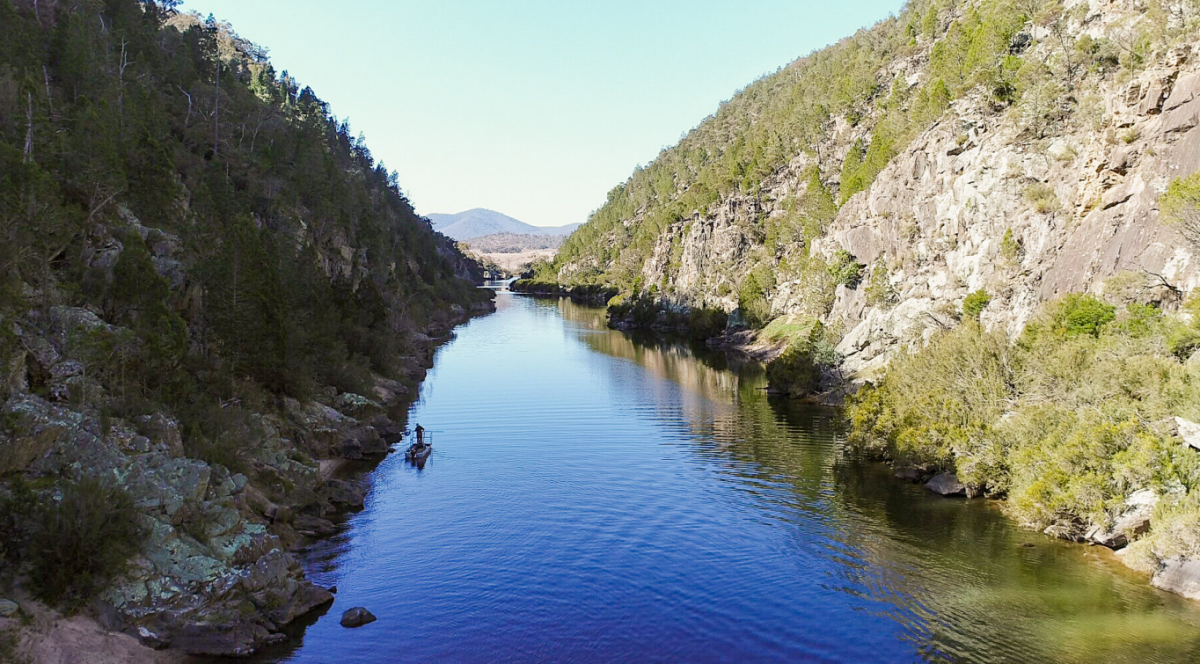
Calls are growing stronger for more attention to be paid to the Upper Murrumbidgee River. Photo: The Australian River Restoration Centre.
It’s been described as the forgotten river: a 320-kilometre stretch of water from Tantangara Dam past Adaminaby, Bredbo and Michelago before meandering through the ACT and out the other side to Lake Burrinjuck near Wee Jasper.
A new survey from the Australian River Restoration Centre has highlighted just how important the Upper Murrumbidgee River is to the region, with advocates calling for all levels of government to do more to restore this “absolutely stunning river”.
It’s part of the Murray-Darling Basin, but lovers of the river believe this has been “largely forgotten”.
Australian River Restoration Centre founder and managing director Dr Siwan Lovett said the river currently received less than 10 per of the flow that it used to, and this dropped to 1 per cent in the summer of 2019/20.
“If that had happened anywhere else in the Murray-Darling Basin, there would have been an outcry,” she said.
“We can’t forget this river, it’s an amazing river and we need to do more to bring it back to life.”
The flows into the river are controlled by Snowy Hydro at the Tantangara Dam, with most of it being diverted into the Tumut River and the power stations along the water.
Dr Lovett attributed the river’s “forgotten” status to the complicated set of arrangements around its governance. The ACT, NSW and Victorian governments all have a stake, given it’s part of the Murray-Darling Basin, while there’s also Snowy Hydro Ltd to consider.
She explained the reduced water flow resulted in an increased concentration of sediment, silt and ash in the water, which was smothering fish and allowing weeds and other feral animals – such as wild pigs and brumbies – to further erode and impact the river.
Native fish species at risk included the “functionally extinct” silver perch and trout cod.
“The really important part of our stretch of the river is just below Tantangara Dam, where we have the last remaining really wild population of Macquarie Perch – they’re also now endangered,” Dr Lovett said.
“So you’ve got this spectacular river with big river gorges and that’s been protecting some of our fish. But then it goes out into the wider areas, and without that pulse of water coming down, the river sort of gets very quiet and all of the sand gets deposited … the fish that are getting buried can’t get out from under that sand.”
The Australian River Restoration Centre is calling on Snowy Hydro – and by extension the Federal Government – to revise how their agreement is working, to ensure the river isn’t just considered a source of energy and irrigation.
“So in effect, you’re looking at Snowy Hydro developing a social licence to operate, other than just energy and irrigation,” Dr Lovett said.
The survey highlighted that people also wanted Snowy Hydro’s statement of expectations to include considerations around ecology, culture, environment and First Nations people.
The ACT Government has already pledged to advocate for better river management, and will use the study’s findings to inform its future Murrumbidgee River management practices.
Water, Energy and Emissions Reduction Minister Shane Rattenbury said the river had been left in a “perilous state” and that everyone needed to work together to ensure the Upper Murrumbidgee was receiving the flows it needed from Tantangara.
“On the face of it, it is a pretty big ask to get all those levels of government to cooperate, but we have to make it happen,” he said.
It has been noted the water quality that flows out of Canberra is better than what comes in, as the river travels through the ACT, into Lake Burley Griffin, and out the other side.
The ACT Government is also trialling new nature-based solutions to improve water quality further.
The survey noted concerns about Canberra’s expanding footprint on the river’s health, with Mr Rattenbury stating that needed to be taken into consideration when looking at future developments.
“We need to really keep our urban fringe away from that river, have a good protective corridor, and at the same time we want Canberrans to be able to access the river and enjoy it, and we need to do that in a way that is safe and sustainable,” he said.
The Upper Murrumbidgee is Canberra’s third source of drinking water, after the Cotter and Googong dams.
Late last year, ACT Senator David Pocock announced $20 million to go towards catchment health initiatives for the river. There’s also $30m for the ACT to buy water from Snowy Hydro if needed.







